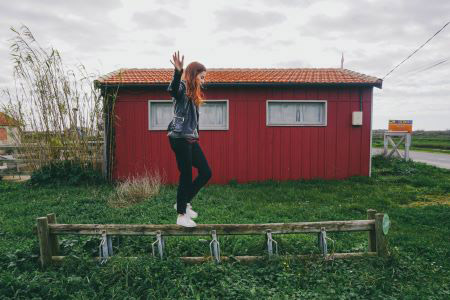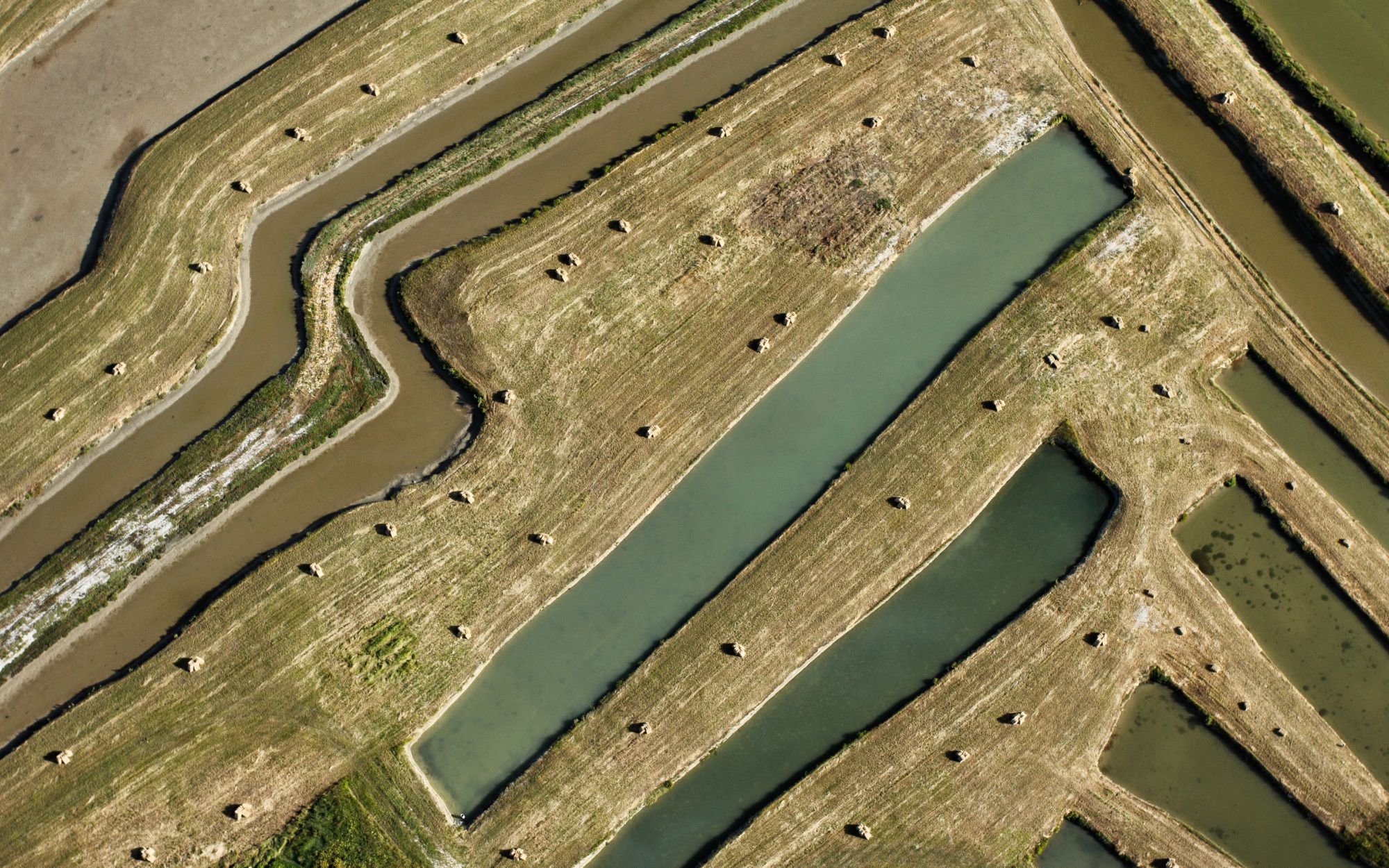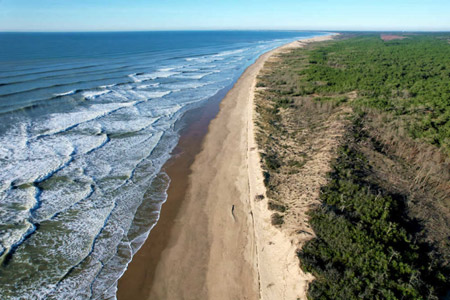Visit Dolus d’Oléron and its highlights
Nestled between the wild coastline and the coureau d’Oléron, Dolus d’Oléron enjoys a privileged central position on theIle d’Oléron. This small village is renowned for its beautiful beaches, its church containing many treasures and its seaside Romanesque chapel. Follow the guide!

A tour of the village to discover its history
Nestling in the heart of theIle d’Oléron, just ten kilometers from our campsite in Oléron, this large town of just over 3,000 inhabitants is a dynamic village all year round. The Grande Rue and its many shops bear witness to this. It’s also an area steeped in history, with a wealth of treasures to discover.
Saint-André church
In the center of the village stands thechurch of Saint-André, the oldest building in the village. Its elegant Saintonge-style bell tower, the only one on the island, was erected in 1713. The original church, dating from the late 14th century, was destroyed in 1562. Inside, you can admire a magnificent 18th-century carved and gilded wooden altarpiece and a fine organ built by
The Monument aux Morts
Opposite the town hall stands the Monument aux Morts de 1914-1918, named “La Veuve et l’Orphelin” (“The Widow and the Orphan”), a work by local sculptor André Vincent (1898-1975). This moving sculpture stands out for its originality: a peasant woman wearing a “kichenotte” (traditional headdress) and her young son lean melancholically towards the earth where those who sacrificed their lives in the Great War are buried.
La Perroche Priory
On the outskirts of the listed hamlet of La Perroche, three kilometers west of Dolus d’Oléron, lies an ancient Romanesque chapel lost in the sands. This is the remains of a priory founded in the early 12th century, under the name of Saint Médard. Listed since 1988, the site is not open to visitors, but you can admire it from the outside. A high crenellated tower watches over what remains of the conventual buildings, cloister and chapel. Destroyed in 1548 by the sauniers during a revolt against the gabelle, the building was slightly altered before being definitively ruined by the Protestants in the 17th century. The chapel bears the mark of the Maltese cross, suggesting that it may have been the gathering place of an early Christian colony.
The beaches of Dolus
Bordered by the sea to the east and west, Dolus d’Oléron is home to some of the most beautiful beaches on theIle d’Oléron: La Perroche, La Rémigeasse, l’Ecuissière, Vertbois… La Rémigeasse is one ofOleron‘s most family-friendly beaches. The water is very clean and safe to swim in. Plage de La Perroche is also popular with families, although it is not supervised. It is especially popular for sailing.
To the south of La Perroche, Vertbois beach is renowned for surfing, kitesurfing and sand yachting. Recommended for sports enthusiasts and nature lovers. Between Rémigeasse and Vertbois, the beach at l’Ecuissière is more suited to walking, running and recreational fishing at low tide.
Focus on the oyster route
To the east of Dolus d’Oléron, discover the Route des Huîtres, one of the island’s most typical tourist routes: a 5 km stroll between Château-d’Oléron and Boyardville. Along the way, stop off at the“Pont Napoléon” (formerly used to cross the Brande channel), at the ports of La Baudissière and Arceau. Along the channel, volunteers have undertaken the restoration of the old oyster huts. Some are now occupied by artists and craftsmen, while others have retained their oyster-farming vocation. This is your chance to taste the famous Marennes-Oléron oysters!
Photo credit: Le Ciré Jaune/Charentes Tourisme



